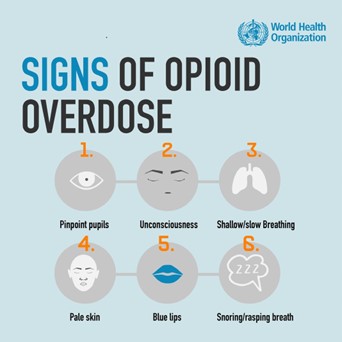A nurse is caring for a client who has an oxygen saturation of 88%. Which of the following actions should the nurse take?
Decrease the head of the client’s bed.
Encourage the client to take deep breaths.
Ask the client to cough every 4 hr.
Request a prescription for an opioid analgesic.
The Correct Answer is B
An oxygen saturation of 88% is below the normal range of 95-100%, indicating that the client may be experiencing hypoxia. Encouraging the client to take deep breaths can help increase their oxygen saturation level.
Nursing Test Bank
Naxlex Comprehensive Predictor Exams
Related Questions
Correct Answer is A
Explanation
A sentinel event is an unexpected event in a healthcare setting that causes or has the potential to cause death, serious physical or psychological injury, or loss of limb or function to a patient1. A client falling out of
bed and fracturing their hip would be considered a sentinel event because it is an unexpected event that resulted in serious physical injury.
Correct Answer is C
Explanation
Opioid toxicity can cause difficulties with breathing and an opioid overdose can lead to death1. A respiratory rate of 10/min is considered low and could be a sign of opioid toxicity.

Whether you are a student looking to ace your exams or a practicing nurse seeking to enhance your expertise , our nursing education contents will empower you with the confidence and competence to make a difference in the lives of patients and become a respected leader in the healthcare field.
Visit Naxlex, invest in your future and unlock endless possibilities with our unparalleled nursing education contents today
Report Wrong Answer on the Current Question
Do you disagree with the answer? If yes, what is your expected answer? Explain.
Kindly be descriptive with the issue you are facing.
